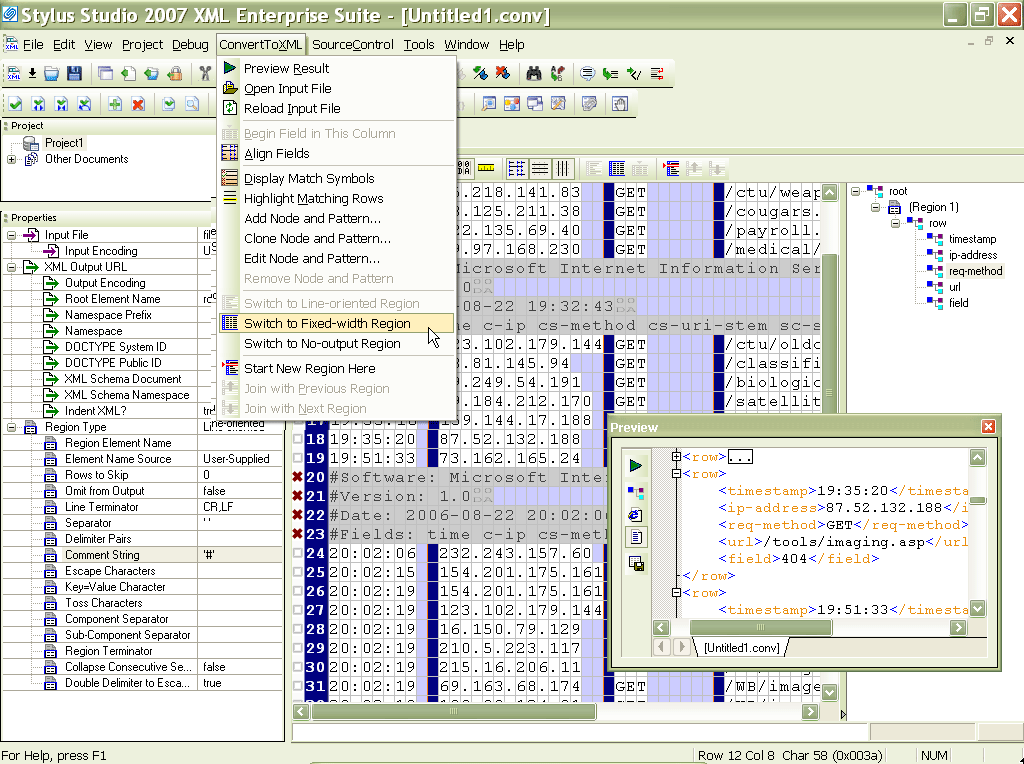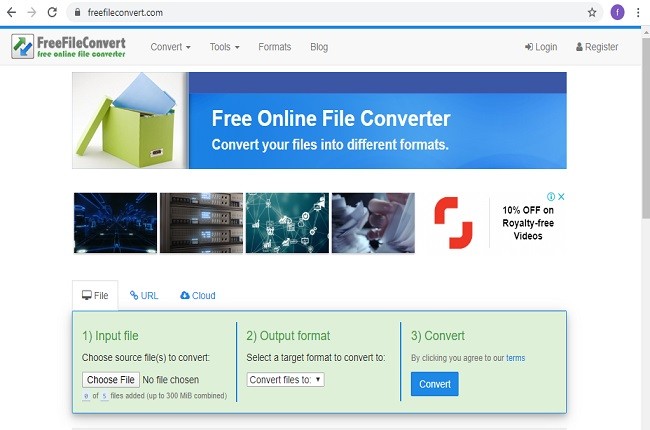


This tool can be used to export any point, line or polygon shapefile into the format shown above.
#SHAPE TO XML CONVERTER ONLINE HOW TO#
So, how do you go about putting the data into this format? Before we see how to do that in a database context, let's ease our way into the usage of XML in web mapping by working with a tool that I wrote for ArcToolbox. The JavaScript code required to read the data is a bit less complex.497 bytes in this case), which results in a faster loading time for your mashup. It requires slightly less storage space (314 bytes vs.However, I recommend using the first form for two reasons:

And here is an alternate way of storing these same data.Įither form can be used to supply data for a mashup. As an example, here are the Jen and Barry's candidate city data stored in XML format. XML is often used in this way as a language- and platform-independent way to pass data between applications. Part of the database-driven approach to web mapping that will be demonstrated here is to output the data retrieved from the database in XML format.


 0 kommentar(er)
0 kommentar(er)
